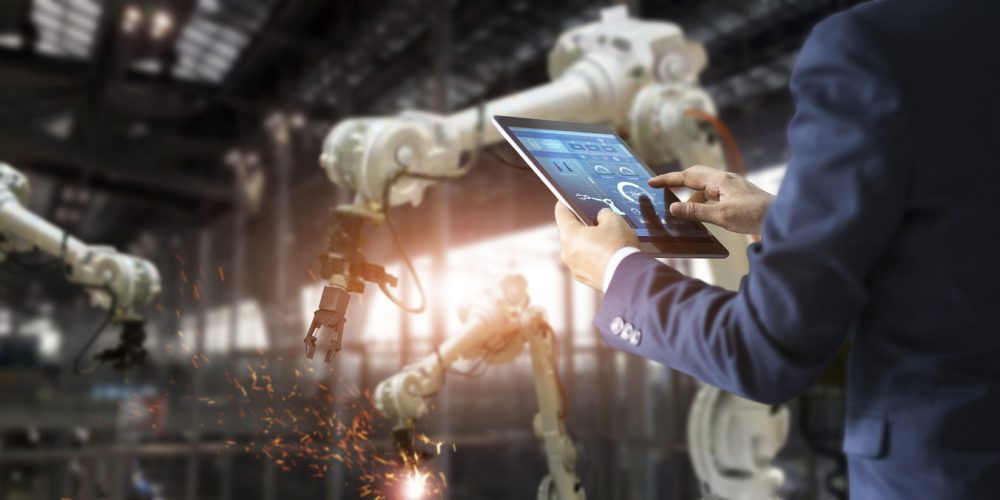The mainstreaming of the Industrial Internet of Things (IIoT) has rapidly altered the digital manufacturing landscape. The convergence of information and communication technologies (ICT) with operational technologies (OT) has resulted in a host of strategic partnerships between software and equipment vendors, which in turn, has given rise to novel business models such as subscription-based pricing, licensing, profit sharing, and outcome-based pricing.
Meanwhile, the shift from hardware-centric approaches to software- and value-based strategies has aided the evolution of the as-a-service model, generating additional revenue streams for manufacturers. Digital platforms also play a critical role in constructing business models as they gather, store, analyze, and manage data. These platforms will be the foundation of the digital factories of the future.
Frost & Sullivan’s new thought leadership paper, The Dawn of Digital Industries – MindSphere Enables New Digital Transformations, studies the converging ICT-OT landscape and its impact on process and discrete companies. It also analyzes the challenges of adopting digital platforms and makes strategic recommendations to global manufacturing organizations preparing for the factories of the future. Furthermore, this white paper includes a thought leadership analysis on cloud-based industrial platforms, a discussion on the ways in which these platforms will be vital in next-generation factories, a holistic perspective of the current status of digitalization, and call-to-action suggestions for the industry.
“Digitalization has allowed manufacturers to take a huge leap from merely supplying a product to delivering a wholesome service,” explained Karthik Sundaram, Industrial IoT Program Manager at Frost & Sullivan. “To encourage manufacturers to expand and upgrade the existing functionalities of their digital infrastructure, platform developers need to offer open and flexible hardware, software, and networks. As the industrial sector is at an inflection point with increased awareness and heightened interest in digitalization, demonstrating proof-of-concept will inspire widespread adoption of digital infrastructure in manufacturing.”
Different manufacturers are at different points in their migration to digital factories, so a one-size-fits-all approach will be inefficient. Many large industrial organizations are leveraging one or more of the emerging technologies such as cognitive intelligence, additive manufacturing, and robotics to enable connected factories, analytics, predictive maintenance, plant safety and security, logistics, and supply chain optimization. Platform providers that respond to this huge shift in focus will be able to make the most of the growth opportunities inherent in:
- Blending legacy OT and IT systems. Though it is not feasible to mass convert assets behind legacy OT systems to be compatible with IIoT protocols, greater integration following the establishment of common field protocols like OPC UA, Profinet, Profibus, Modbus or S7 will aid with interoperability via gateways.
- Improving security. The rising frequency and sophistication of cyberattacks have created an urgent need for enhanced cybersecurity. Once end users are convinced of the end-to-end security of the solutions, they will show greater enthusiasm in adopting advanced solutions.
- Switching from product selling to value selling and supporting a data-driven business model.
- Supporting the full life cycle of operation for devices and data.
- Developing a vendor-agnostic platform.
If you enjoyed this article and want to receive more valuable industry content like this, click here to sign up for our digital newsletters!










[…] company– is all around. It’s abundant. It’s pervasive, and thanks to technologies like IoT, the stream of data being delivered to enterprises continues to grow a rapid pace. By 2025, more […]